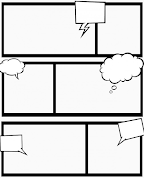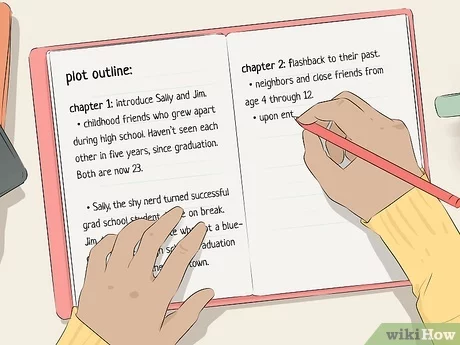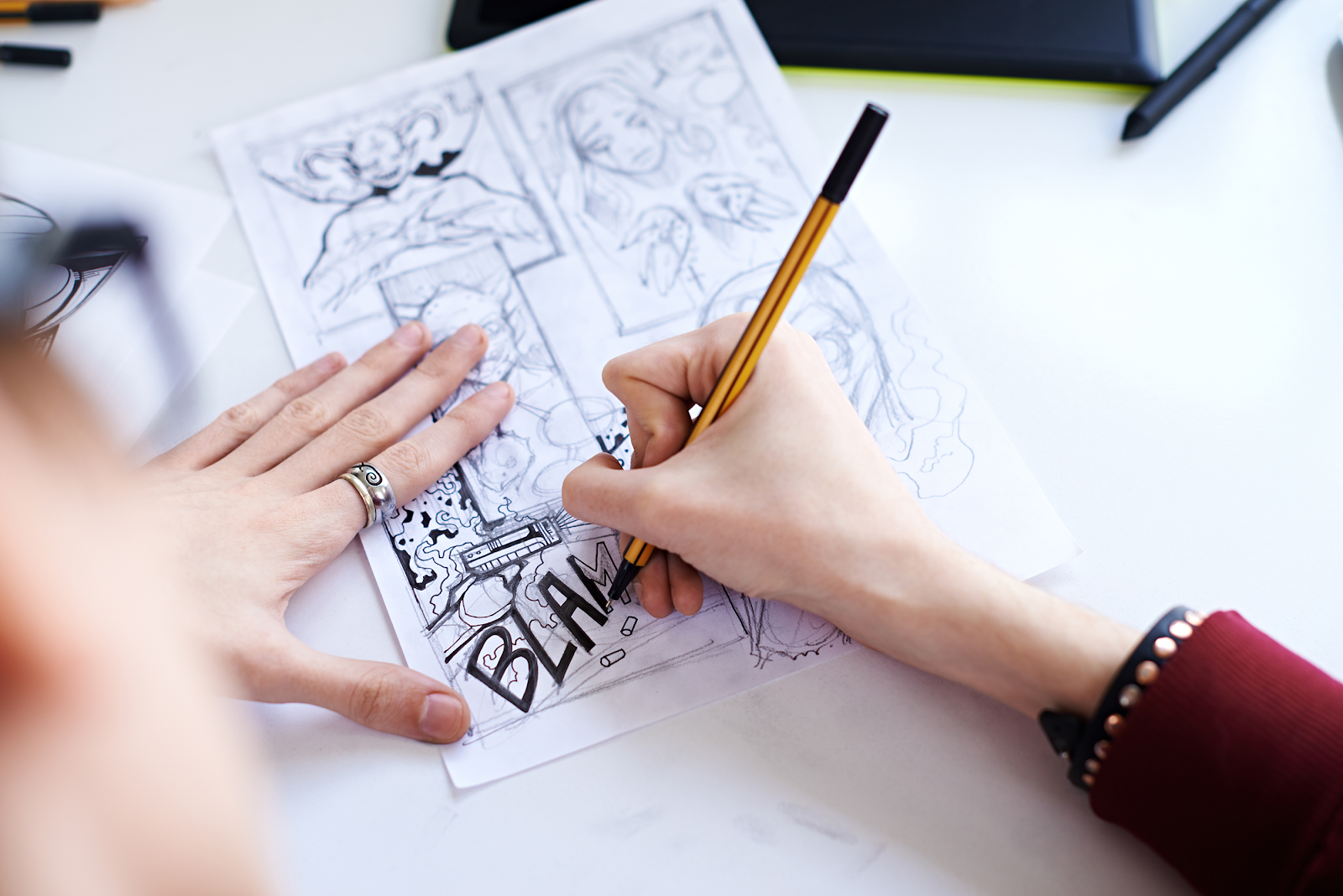How to create a comic strip?
Creating a comic strip can be a fun and creative endeavor. Here are some steps to help you get started:
Brainstorm Ideas: Begin by brainstorming ideas for your comic strip. Think about the characters, settings, and themes you want to explore. Consider what kind of story or humor you want to convey through your comic strip.
Plan the Structure: Decide on the format and structure of your comic strip. Will it be a single-panel strip or a multi-panel strip? Determine the number of panels you want to include and how they will flow together to tell the story.
Draft the Storyline: Outline the plot or storyline for your comic strip. Determine the beginning, middle, and end of the story. If you're creating a recurring comic strip, think about how each strip connects to the overall narrative or theme.
Thumbnail Sketches: Start by creating thumbnail sketches to plan out each panel of your comic strip. These rough sketches will help you visualize the composition and pacing of the strip. Experiment with different layouts and arrangements until you find what works best for your story.
Refine the Artwork: Once you're satisfied with the thumbnail sketches, start refining the artwork. Draw or digitally create the final illustrations for each panel, paying attention to details, expressions, and backgrounds. Use appropriate tools like pencils, pens, markers, or digital drawing software.
Add Dialogue and Captions: Write dialogue and captions for each panel. Consider the timing and rhythm of the conversation and make sure the text complements the visuals. Be concise and avoid overcrowding the panels with too much text.
Lettering: Add lettering to your comic strip by either hand lettering or using digital text tools. Make sure the text is clear and easy to read. Experiment with different fonts and speech bubble shapes to match the tone of your comic strip.
Polish and Finalize: Review your comic strip and make any necessary adjustments or edits. Pay attention to the overall composition, pacing, and readability. Once you're satisfied with the final result, save or print your comic strip.
Remember, practice is key to improving your skills as a comic strip creator. Take feedback from others, experiment with different styles and techniques, and have fun while telling your stories through this visual medium.
Thank you
Bhupendra Ahluwalia









Comments
Post a Comment